As it is
The ‘other’ in the spectrum
An intersex man’s journey to ascertain his identity and rights in Nepali society.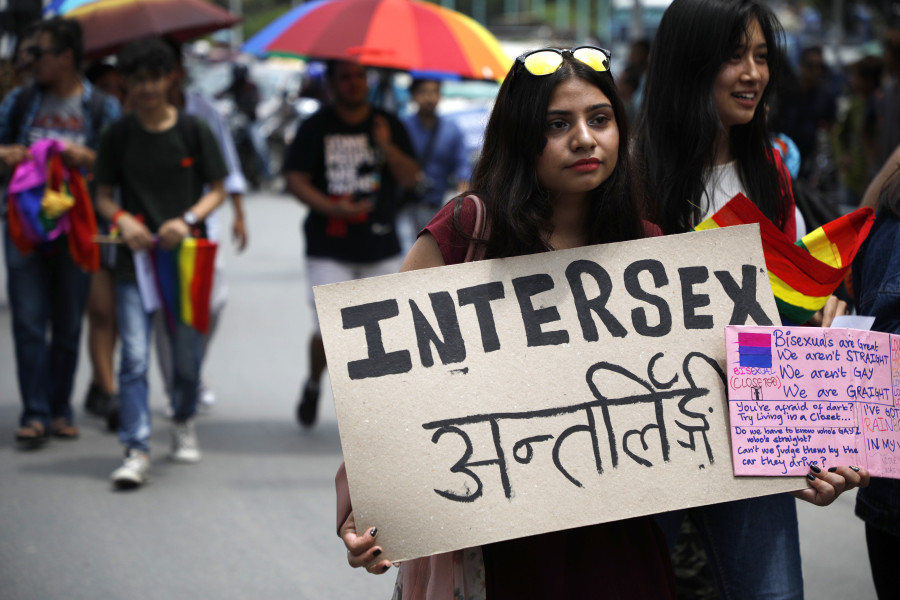
Esan Regmi
I was raised as a daughter until I was 13. I only found out I was different from my friends when my body started changing, in ways that wasn’t the same as my friends.
It wasn’t only me and my family who noticed that I was different. Soon, friends and neighbours started noticing it too. When our neighbours came to know that I was intersex, they came with different advice to my parents. They suggested having me sent away, or having me operated on. They also came up with their own conclusions as to why I was the way I was: I must have committed bad deeds in a past life.
My father took me to India for treatment when I was 15 or 16. But nothing resulted from that trip. The doctor instead suggested that children like me should be sent to be part of the kinnar, or hijra, community. In other words, I was suggested to be with ‘my kind’, separate from others.
I came back to my village, but everything had changed by then. I was treated as an outcast—a diseased person—by teachers at school, even by my friends. The way they looked at me changed. The way they talked to me as well. I couldn’t bare to hear the harshness of their words, their derogatory remarks, and I eventually dropped out of my school. But my father encouraged me to complete my education and I decided to re-enrol the following year.
With my family’s support, I tried to face the obstacles hurled at me by society head on. I continued with my education while struggling to find a space in every public space—in schools, hospitals, public toilets. Days were dark, but I persisted.
After my father’s demise, who was the biggest source of encouragement in my life, I decided to move from my village. I decided I’d move to a nearby city, make something of myself. My father wanted me to become a learned person and I didn’t want to disappoint him.
Once in the new city, I applied for a government job, but I was barred from taking the exam as my identity card had a photo of a female while I had already started identifying myself as a male. Instead of hearing me out, the person with whom I interacted about the job called me a “fake student”, and expelled me from the examination hall.
The same thing happened again, during another exam when I applied at Teacher Service Commission.
After that, I tried to find employment in a number of other places, but in vain. Everywhere I went, the problem was the same: I looked and identified as a male, but all of my certificates had a female name and photo of a woman.
It was during this period that I came in contact with the Blue Diamond Society, an advocacy organisation working for the rights of the LGBTIQ community in Nepal. I started working at its far-western branch, raising awareness regarding the intersex community—which I felt has been discriminated even within the queer community.
I wanted to change that, along with many other things. I felt that there was no other way to change how people saw me other than to share my story with them. So, I started talking to local media persons and participating in programmes. It was difficult in the beginning to explain my orientation and identity to people. Many boxed people like me inside the ‘third gender’ category and didn’t view the queer community as a spectrum. Overcoming that was the biggest struggle.
On most days, it still is. It is difficult to make people understand what an intersex person is. This could be tied down to people’s fear, fear of someone who deviates from what is considered ‘normal’. Despite this fear of being ostracised—even by the queer community, many of us have come out.
When I came in contact with a considerable number of intersex individuals, back in 2016, we organised the first workshop on ‘Intersex in Nepal’, which was attended by 15 individuals from different districts. The same year, we came to know about Astraea Foundation, an international charitable foundation based in US, and applied for a grant for intersex rights. Our proposal was accepted and from those funds, we were able to conduct various awareness campaigns in schools and colleges about intersex bodily variation across the country.
Today, through our efforts, we have been able to bring to light many issues intersex people go through. Yet, currently, there is no separate organisation for the intersex community in Nepal. Despite limited resources, we are working towards creating a network of intersex individuals through which we have been able to hold one national consultation meeting as well. We have also been working closely with the government bodies at various levels. But this is just the start; we have a long way to go.
Many people believe that Nepal is progressive towards LGBTIQ rights but I have experienced discrimination in each and every step of my life. I have yet to change my official certificates to my correct gender, because without doing so I am restricted from availing of many services that so many ‘normal’ others take for granted.
My life has been anything but what is deemed ‘normal’. Over the years, I have battled with my body, and with my identity. But now I realise my difference is my identity. And my life’s aim is to raise awareness about the intersex community, and help create a society where all individuals feel safe to come out of the closet and embrace who they are—with pride.
What do you think?
Dear reader, we’d like to hear from you. We regularly publish letters to the editor on contemporary issues or direct responses to something the Post has recently published. Please send your letters to [email protected] with "Letter to the Editor" in the subject line. Please include your name, location, and a contact address so one of our editors can reach out to you.




 7.12°C Kathmandu
7.12°C Kathmandu
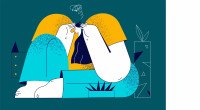


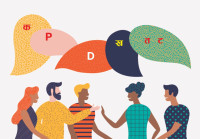
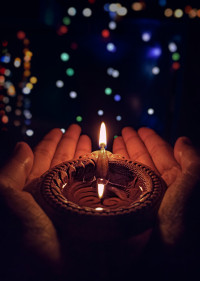
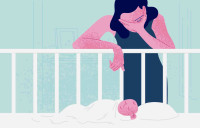


%20(1).jpg&w=300&height=200)

